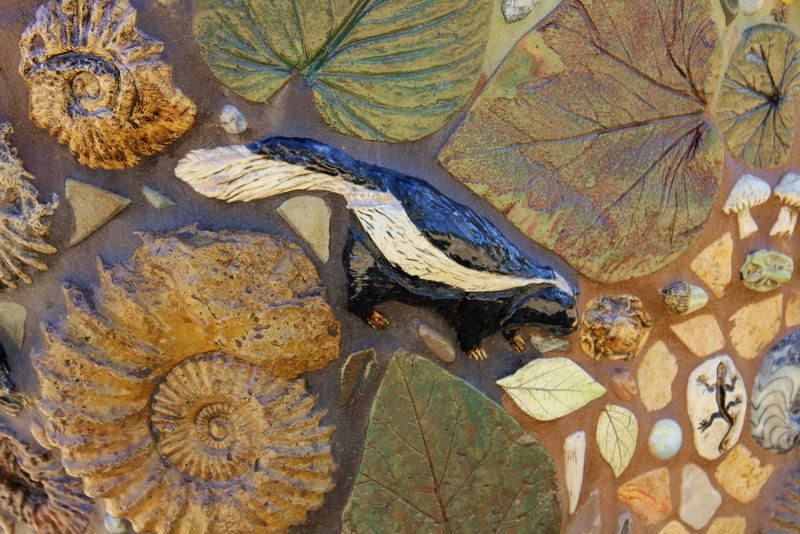As promised, here’s a rundown on last week’s Field Trip
Friday—Laure Ferlita and I checked out the Fancy Flea Vintage Home & Garden Market.
The Fancy Flea is an “upscale outdoor vintage show” that
takes place twice a year at the Strawberry Festival grounds in Plant City,
Florida (between Tampa and Orlando). The show featured booths filled with
shabby chic items, garden art, plants, antiques, salvage, handmade jewelry and
lots of other interesting bits and bobs. There was also music and a food truck
rally.
The
Fancy Flea booths were all out in a field at the Strawberry Festival grounds,
and though there was some shade, we were very grateful for the cloudy skies, since it has been summer hot already, and neither Laure nor I felt 100% that day. But we’d planned this
little excursion for weeks, so we were determined to complete it, even if
conditions weren’t just right. We were both in need of playtime and creative
well filling, so we hauled ourselves out of our comfortably air-conditioned
homes.
Neither of us had explored the Fancy Flea before so it was
fun to see what types of vendors and merchandise would be there. Unlike Renninger’s,
there were more arty/crafty/repurposed décor items than antiques or true flea
market “junk.” It took us a couple of hours to slowly wander the aisles. Our
only purchase was some little packets of cancelled stamps to use in future art
projects. We both bought some and shared with each other.
This cute metal sculpture
reminded us of this guy we saw in John’s Pass
during Winter Interrupted:
Laure asked me at lunch later if there was anything I
regretted not buying. In thinking it over now, I regret not asking the price of
a couple of shadow boxes that caught my fancy…at the time I was irritated that
the prices weren’t marked, and I decided I didn’t care enough to track down the
stall owner and ask. I don’t need anything, and I don’t even really want
very much. I’m more concerned with getting stuff out of my house than in
bringing more in. So I mostly just enjoyed looking at the bright colors and
creativity demonstrated by the people selling there. My favorite things
included mini succulent or herb gardens created using baskets and other unusual containers. (I didn’t take
photos because I didn’t think the vendors would appreciate it—since I plan to
duplicate their efforts with items I already own!)
This beauty was a prize—love the color:
So even though we came home mostly empty-handed, we enjoyed
the chance to drink in the colorful creativity of others, to leave our desks
and drawing tables and hopefully, spark some new creativity in ourselves. That’s all I ask of Field Trip Friday.
How have you filled your creative well lately?














































